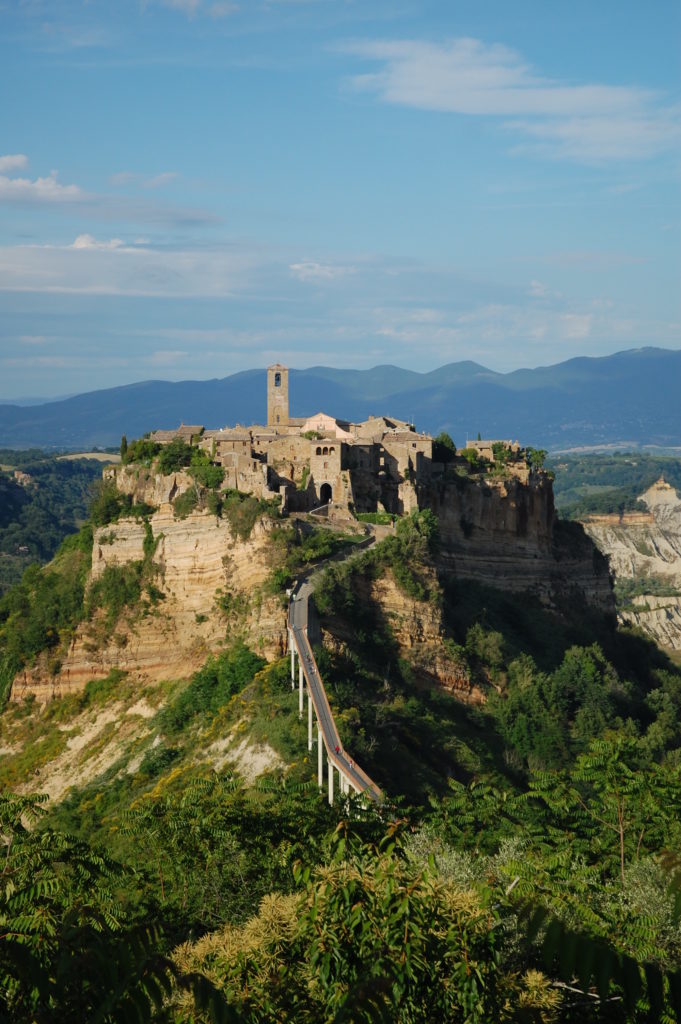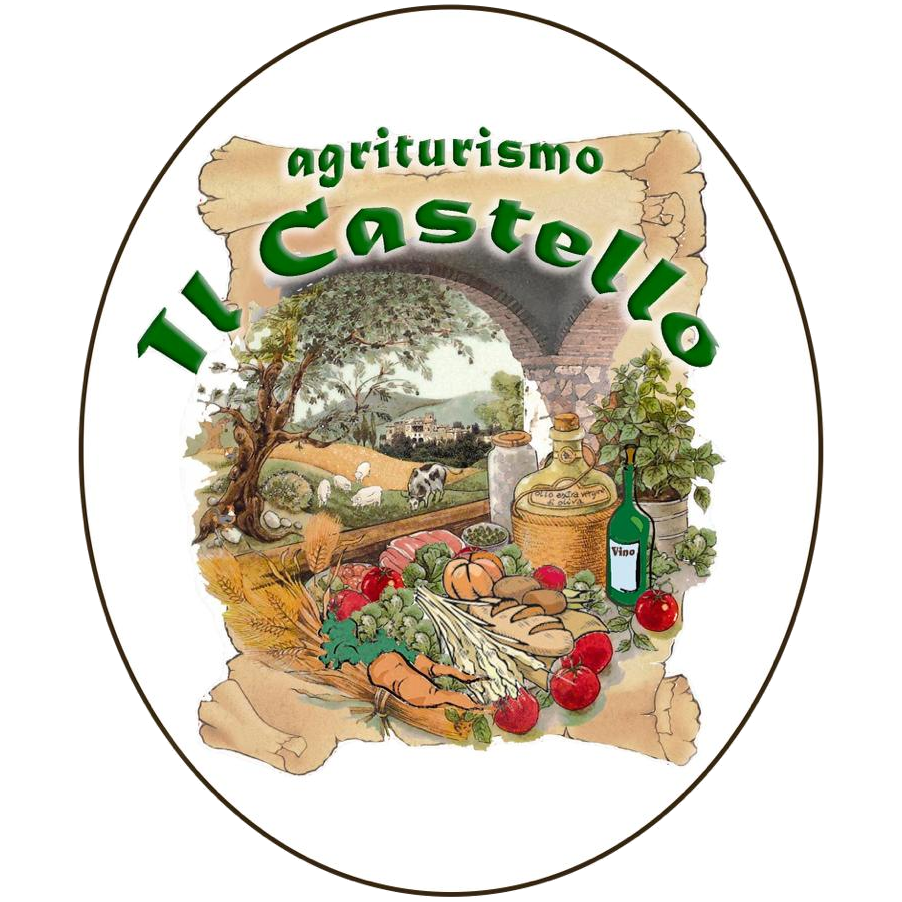
La storia di Civita di Bagnoregio
Civita di Bagnoregio è uno scrigno che contiene 2500 anni di storia. Fondata dagli etruschi ha poi attraversato varie dominazioni e nel Medioevo acquista gran parte della sua straordinaria forma, arricchita poi nel Rinascimento e mantenuta fino a noi. Qui tutto è segno di un tempo che non c'è più, riadattamento e rinascita. La suggestione e il fascino attuale è figlio di questo meticciato di epoche, che si sono incontrate e scontrate. Lasciando tracce sparse.
Nel suo glorioso passato il centro abitato era più grande. Le frane e i terremoti hanno ridotto l'estensione e nella valle si sono sgretolati palazzi, torri e antiche porte d'ingresso al borgo. Nel periodo di massima magnificienza ce ne erano ben cinque, ne rimane una: Porta Santa Maria detta anche “della Cava”. Oggi unico accesso possibile al paese e posta alla fine del mitico ponte, divenuto simbolo del luogo.
Testimonianza della fase etrusca di Civita, è la grotta di San Bonaventura, una tomba a camera etrusca nella quale si dice che San Francesco risanò il piccolo Giovanni Fidanza, che divenne celebre dottore della Chiesa. Altra testimonianza di questo periodo è il cosiddetto “Bucaione”, un profondo tunnel che attraversa ai piedi, con sfogo sulla Valle dei Calanchi, lo sperone di argilla e tufo su cui poggia il borgo.
Civita è la “mamma” di Bagnoregio. Perché da qui partì tutto e venne alla luce l'attuale centro storico di Bagnoregio, originariamente detto Rota. Prima abitato da lavoratori e contadini e in seguito a violenti terromoti e crolli della rupe sede anche dei nobili e altolocati.
La storia di questo luogo è stata segnata a più riprese dai terremoti, che hanno determinato lo spopolamento del borgo originario.

3°C
Few clouds
27-12-2025 00:57Our sponsors
Vuoi sponsorizzare la tua attività sul nostro sito? Contattaci!







